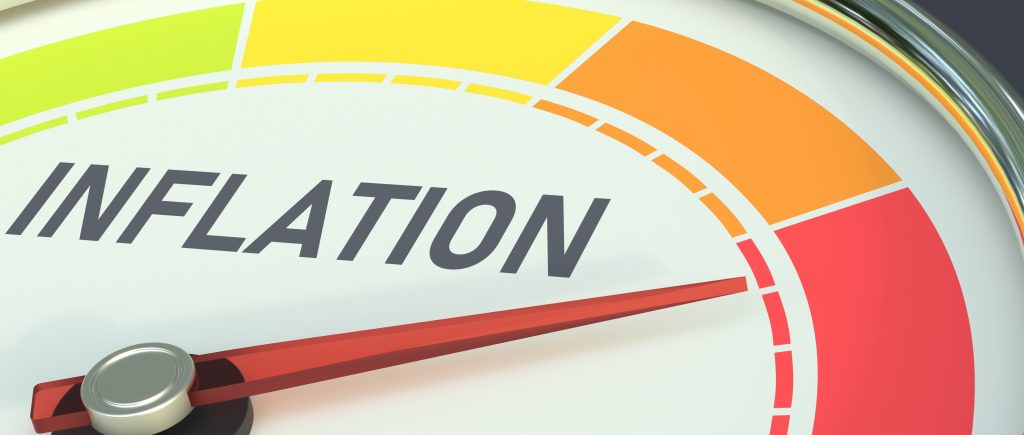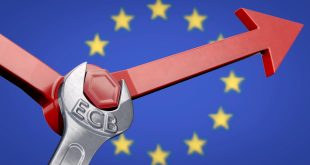US inflation has hit its lowest level in three years on an annual basis in July, setting the Federal Reserve to cut interest rates soon to take pressure off the economy.
This reading was the clearest indication yet that inflation is heading back to normal levels from 40-year highs without a recession. Fed policymakers won’t be caught celebrating, scarred by years of unexpected twists that repeatedly upended the Fed’s inflation fight. However, officials will close out the summer with the surest sense yet that it’s time to loosen up on the economic brakes, possibly starting next month.
The Bureau of Labour Statistics showed July’s annual inflation rate hit 2.9%, dipping below 3 percent for the first time since March 2021, when price increases took off on the heels of the pandemic. A core measure that strips out volatile categories such as food and energy also saw the smallest 12-month increase since April 2021. Markets rose slightly off the news, but were mixed by midmorning. For months, Fed officials have said they won’t trim borrowing costs until they’re confident inflation is easing to normal levels.
Housing continued to dominate the inflation snapshot, accounting for nearly 90 percent of the monthly increase. Rent costs have been cooling for some time now, but economists are still perplexed about why that shift didn’t show up in official statistics until this summer. The widespread expectation is inflation won’t come down all the way to normal until there’s major headway on the housing component.
Energy costs stayed level after a few months of declines, and indexes for car insurance and household furnishings were also up. Costs for used cars and trucks, medical care, airline fares, and apparel dropped in July compared to June. In the meantime, families and households are feeling long-awaited relief from price increases, especially on key budget items like food and housing.
Inflation is a significant factor in Americans’ perception of the economy, with Republicans and Democrats attempting to attract voters to their economic agendas. Donald Trump often criticizes Democrats for massive spending during the pandemic that contributed to inflation, while Vice President Kamala Harris argues that her proposals would benefit the middle class and that Trump’s plans for mass deportations and spiked tariffs would worsen it.
Jared Bernstein, chair of the White House’s Council of Economic Advisers, praised the “solid disinflation” as good news but said the administration is still focused on reducing everyday costs like rent and prescription drugs.
Fed has made significant progress in its inflation fight since prices began to rise in 2021, with the benchmark interest rate reaching its highest level in over two decades. The result has been better than expected, with robust growth, low unemployment, and rising wages cooling inflation. The Fed wants inflation to hit a 2% target each year, but they will not wait until it reaches 2% before cutting rates.
The fear is that the economy may crack under the continued weight of high rates. A weaker-than-expected July jobs report stoked fears of a downturn, which quickly ripped through the financial markets. The recent panic has put a spotlight on the Fed, which decided to hold rates steady last month instead of starting to cut. The answer to this question will lie in the data.
The overwhelming forecast is that the Fed will announce a rate cut at its next meeting in September, possibly by a larger half-point cut if policymakers think the economy is slowing too much. Analysts also expect the Fed to cut at the year’s remaining meetings in November and December. A November cut would be notable because it falls during the week of the presidential election, when the central bank would otherwise avoid anything that affects politics at all costs.
“This is so much better than where we were even a year ago,” Fed Chair Jerome Powell said. “It’s a lot better. The job is not done, I want to stress that, and we’re committed to getting inflation sustainably under 2 percent. But we need to take note of that progress.”
Still, that progress looks different across the economy. Speaking to The Post this month, Fed’s Austan Goolsbee said that when he travels across his district — which includes Iowa and most of Illinois, Indiana, Michigan and Wisconsin — businesses say supply chain issues from the pandemic have largely cleared. But many companies are still frustrated that they can’t pass their rising operating costs on to customers, because people are already so sensitive to more price increases.
Goolsbee also said there’s a disconnect between wages for low-income Americans rising faster than inflation — and the reality of high costs for the basics. “Low-income people are getting squeezed in every way,” Goolsbee said.

 Noor Trends News, Technical Analysis, Educational Tools and Recommendations
Noor Trends News, Technical Analysis, Educational Tools and Recommendations




